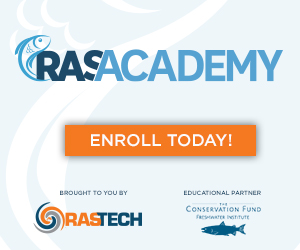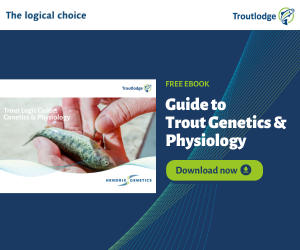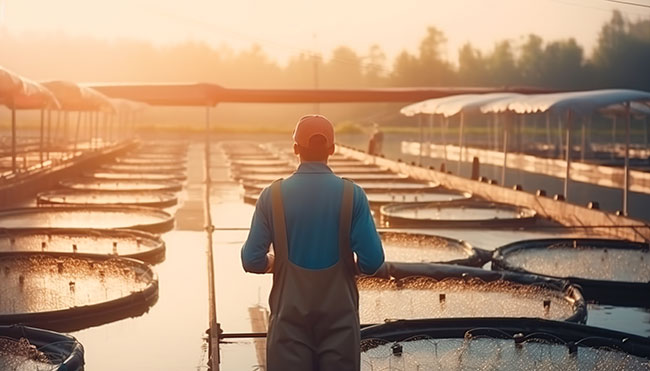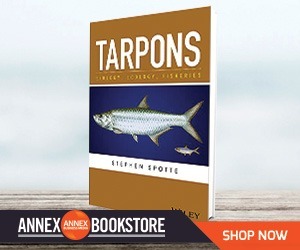| |
| |
 |
 |
| |
 |
|
@{mv_date_MMM d, yyyy}@ |
|
| |
| |
| |

BROUGHT TO YOU BY – Heritage Global Partners
|
|
| |
|
| |
|
| |
This week's Featured Story was inspired by a comment from last year's WINAA Summit. Diversity can only be a good thing for the industry. We'll continue to explore these stories in our print and web pages, whenever there is an opportunity to do so.
- Jean Ko Din, Editor
|
|
| |
|
| |
 The Center for Aquaculture Technologies (CAT) has announced that its Canadian subsidiary is now an independent company. The move is part of an alignment to optimize its technical expertise better.
» Read More...
The Center for Aquaculture Technologies (CAT) has announced that its Canadian subsidiary is now an independent company. The move is part of an alignment to optimize its technical expertise better.
» Read More...
U.S. congressmen, Garret Graves and Troy Carter have announced that the U.S. Department of Agriculture (USDA) will provide Emergency Assistance for Livestock, Honey Bees, and Farm-raised Fish (ELAP) funding to crawfish producers in Louisiana affected by the 2023 drought.
» Read More...
|
| |
|
| |

Troutlodge continues to lead the industry with advances in genetics, feeding and management. We are proud to offer our series of management guides designed to help you succeed. Download our free guide on Trout genetics.
Topics include:
- Genetics
- Trout Physiology
- Seawater Adaptation
- Sexual Maturity
» Download now
|
| |
|
| |
 Industry insiders will tell you that there is a strong and positive upward trend in workforce diversity in the North American aquaculture industry, and they’re right. Regardless of which species, life stage or production methodology one explores, the backgrounds of those working to bring high-quality seafood to market are diversifying.
» Read More...
Industry insiders will tell you that there is a strong and positive upward trend in workforce diversity in the North American aquaculture industry, and they’re right. Regardless of which species, life stage or production methodology one explores, the backgrounds of those working to bring high-quality seafood to market are diversifying.
» Read More... |
| |
| |
|
| |
Every workday is different for Eliza Harrison. But it’s typically split between being hands-on in the field and paperwork in the office all dedicated to the advancement of seaweed development. On a Monday at work, Harrison, together with her small California team works to load a 25-foot boat, launch it off the ramp, and sail it out.
» Read More...
New research out of the Stanford Center for Ocean Solutions has examined the trade-offs and potential synergies between small-scale fisheries (SSFs) and aquaculture. The research involved assessing and analyzing 46 different case studies from 30 different countries.
» Read More...
|
| |
|
| |

|
| |
|
| |

This book is the latest and most thorough text on the biology, ecology, and fisheries (sport and commercial) of tarpons.
Tarpons: Biology, Ecology, Fisheries will be of considerable interest and use to fishery and research biologists, marine conservationists, aquaculturists, and informed anglers.
» More Info
|
| |
|
| |
June 16-19, 2024
Charlottetown, Prince Edward Island
» Learn more
|
| |
| |








